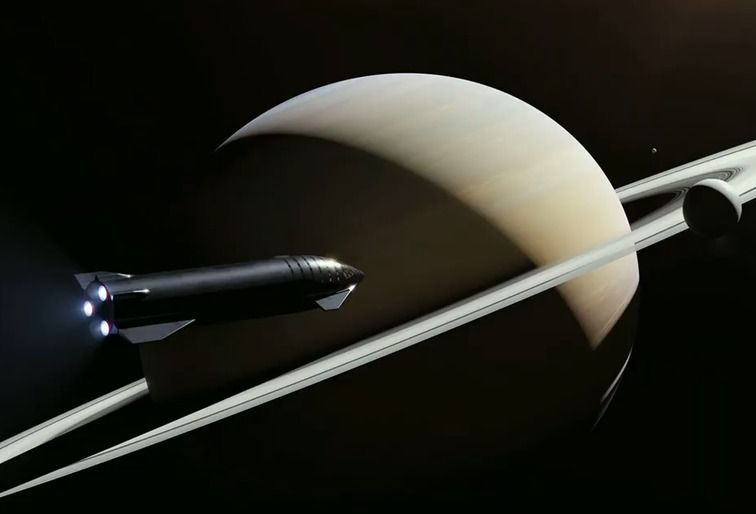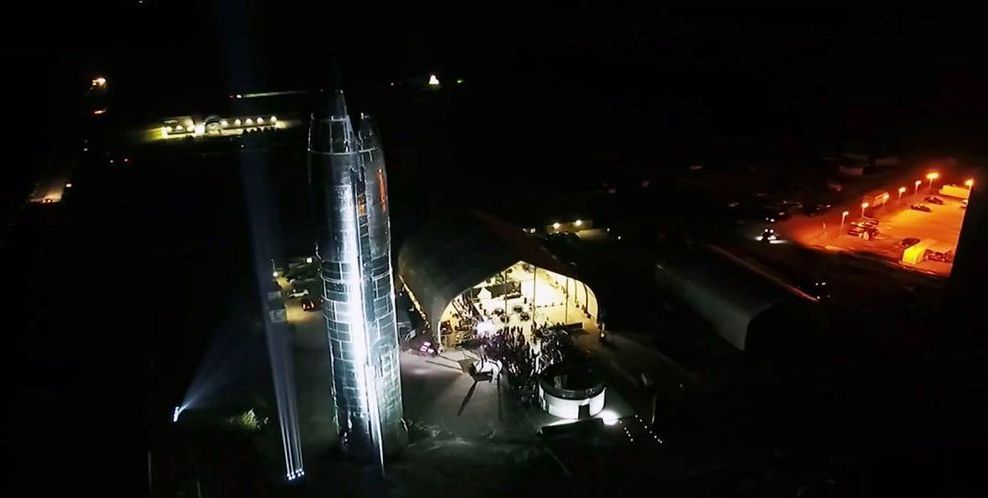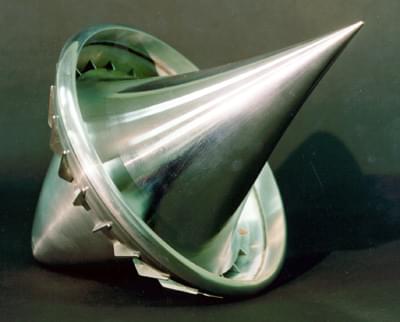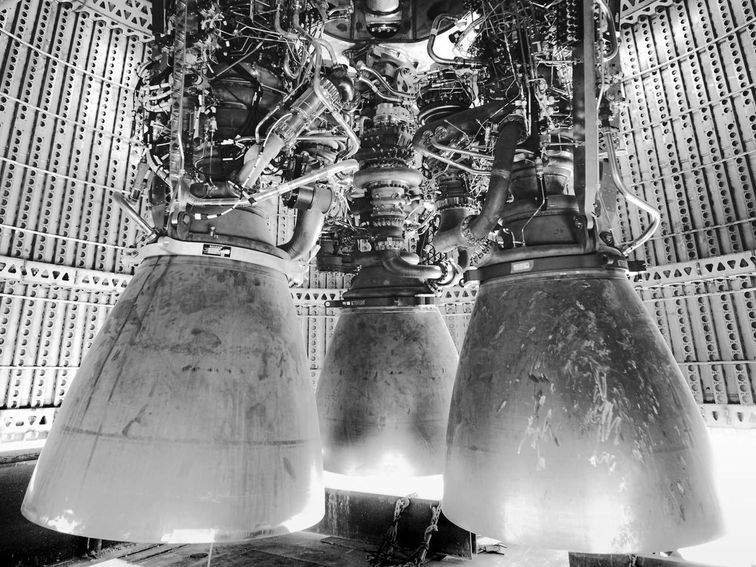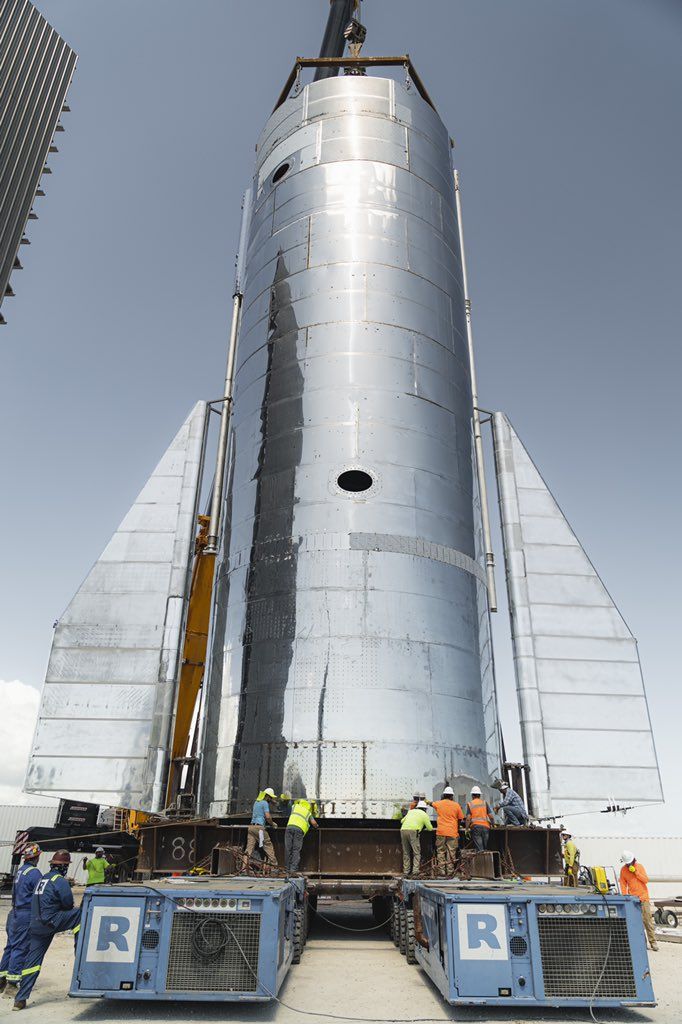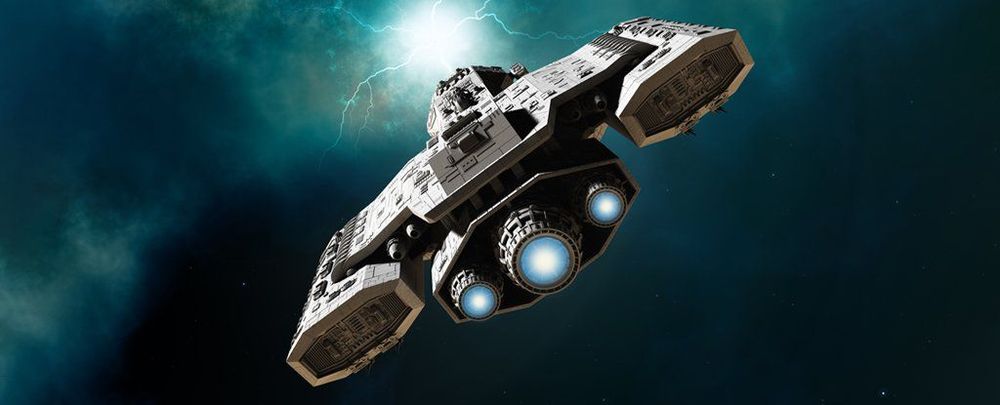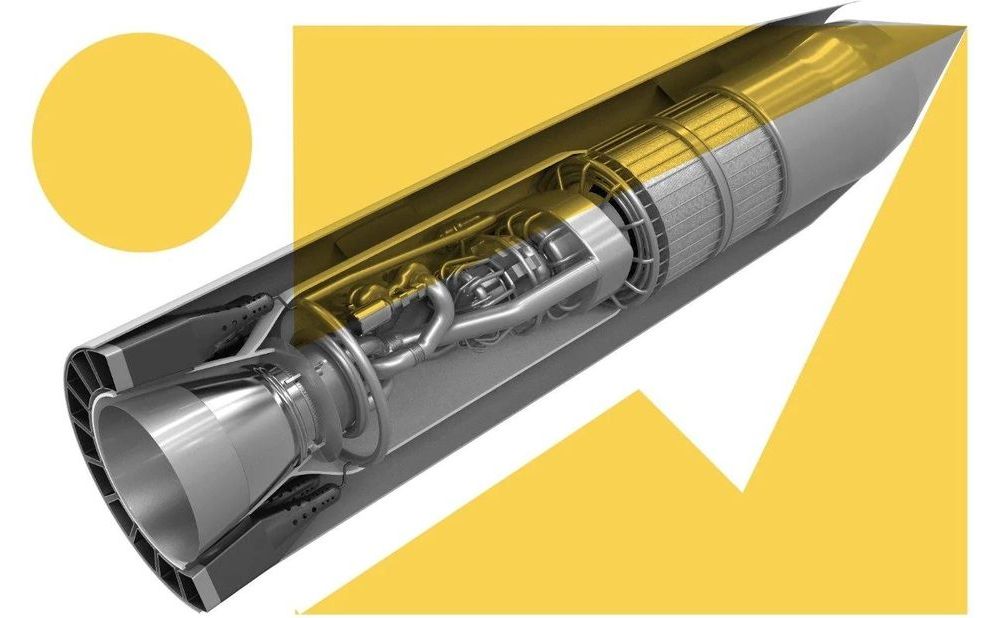Sep 29, 2019
Elon Musk says SpaceX Starship rocket could reach orbit within six months
Posted by Genevieve Klien in categories: Elon Musk, space travel
During Saturday evening’s hour-long, particularly windy press conference, Musk announced that the next test would take place in “about one to two months” before detailing how Starship would control its landing.
“This is quite a new approach to controlling a rocket,” Musk said. “Much more akin to a skydiver than a plane.”
Musk laughed as he showed the crowd in Boca Chica how the craft would control the fall, with his hands acting as the ship. Getting into the specifics a little more, Musk explained the importance of a steel heat shield that would only cost a fraction of a carbon fiber heat shield. “I’m in love with steel,” Musk said.
